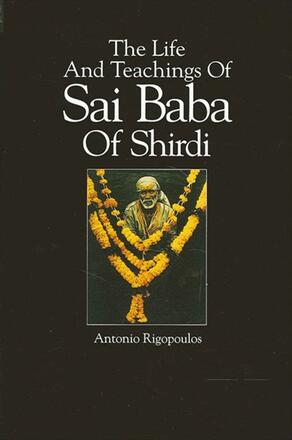
The Life And Teachings Of Sai Baba Of Shirdi
Alternative formats available from:
Description
A vast and diversified religious movement originating from Sai Baba of Shirdi, is often referred to as "the Sai Baba movement. " Through the chronological presentation of Sai Baba's life, light is shed on the various ways in which the important guru figures in this movement came to be linked to the saint of Shirdi.
Reviews
"This book makes available for the first time to readers in North America and much of the English-speaking world an account of one of the most important Indian saints of recent times. It also has the merit of treating its subject in a manner that is scholarly and at the same time respects both the greatness of its subject and the limitations of his accessibility. I found it informative, thought-provoking, and a great joy to read.
"The author combines the best features of traditional and modern scholarly techniques. He exposes and highlights the special character of his subject and makes it available for further consideration from a wide variety of standpoints, and contributes to the current scholarly discussion about the relevance and adequacy of the concepts of 'saint' for cross-cultural studies and for contemporary constructive work in the areas of ethics, religious studies, and post-modern philosophy.
"Sai Baba is exemplary among the great saints of Maharashtra in western India for the ways in which he drew upon and surpassed the categories, concepts, and styles of a variety of conventionally competing religious traditions. Maharashtra is well-known for the integrative spirituality of its foremost figures, and among them Sai Baba of Shirdi is particularly important. The author 'locates' Sai Baba in the contexts of both Islamic and Hindu traditions. " — Gene R. Thursby, University of Florida